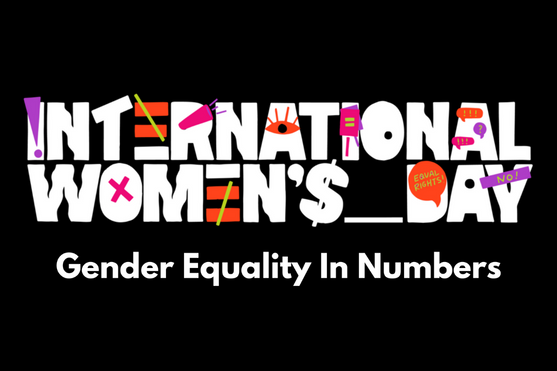
The below is an excerpt from International Women’s Development Agency story in Shorthand, its blog platform. Click here to read the full post.
This International Women’s Day, IWDA’s flagship gender data program Equality Insights takes stock of the progress that has been made towards gender equality. They also explain why more gender data is essential to achieving equality.
Data has been described as more valuable than gold and sometimes, it can feel like we are swimming in it. It feels like everyone is collecting, mining, analysing, or using data. So it may come as a surprise to learn that we actually need more.
Well, sort of.
Even with a seemingly limitless amount of data about our shopping habits or Netflix viewing history, there are a number of areas where data is lacking such as – gender. This lack of data is a problem because some of the most pressing issues we face, from poverty to climate change, require a gendered perspective through gender data.
Gender data is an umbrella term that can refer to many things. It includes gender disaggregated data – data that is broken down by sex or gender – such as the number of women in parliament or the number of gender diverse people accessing health services. It also refers to data about issues with disproportionate gendered impacts like unpaid/care work, gender based violence, and sexual and reproductive health and rights, among others.
Gender data for gender equality
Gender data holds the immense potential to power transformative change and shape more just, equitable, and sustainable futures. It enables decision-makers to make evidence-based decisions, design effective solutions and track progress. But gender data is also equally important for gender equality advocates who use this data to advocate for change and hold leaders to account. Yet, it is critically lacking. Not only do we need more gender data, but we must also ensure our data represents people of all gender identities.
UN Women recently found that we do not have enough data needed to monitor the global goal on gender equality (SDG5). Without this data we do not have a clear picture of the state of gender equality nor can we fully understand the impact of programs and interventions to tackle gender inequalities at a global scale.
Policies and programs to reduce inequalities and improve people’s lives are only as good as the data that informs them. Put simply, quality gender data improves the solutions available.
Yet, ironically, the lack of gender data is driven by gender inequality. Gender data gaps are not only a symptom of gender inequality but they also perpetuate gender inequality. What we choose to measure – and by extension, the data that gets collected – is a reflection of what society values. For too long gender data has not been considered a priority, and women, non-binary, and gender diverse people have paid the price.
One reason for this is a lack of funding for gender data. According to Paris21, funding for gender data decreased by 55% in 2020 — nearly three times the drop in funding to overall data and statistics. It is clear that the gender data gap will only widen, given the increasingly limited resources allocated to it.
A growing gender data movement
But, there is an ever-growing gender data movement calling for more and better gender data AND taking matters into their own hands by collecting gender data themselves.
IWDA has been active in the gender data space for almost 15 years, including through our flagship program Equality Insights. As a feminist organisation, a significant motivation for IWDA to develop tools to collect gender data was to fill critical gender gaps and support others to use this data in their work.
Over the course of many years, it has been promising to see gender data increasingly recognised as a vital resource – one that is necessary to make progress on a range of issues, from reducing poverty, addressing the impacts of climate change, reducing gender based violence, and achieving gender equality.
While there is simply not enough gender data right now, we do have a limited snapshot. The gender data that is available clearly shows that progress is being made towards gender equality, but it is happening far too slowly.
To learn more about gender data, read the full Shorthand post here.
